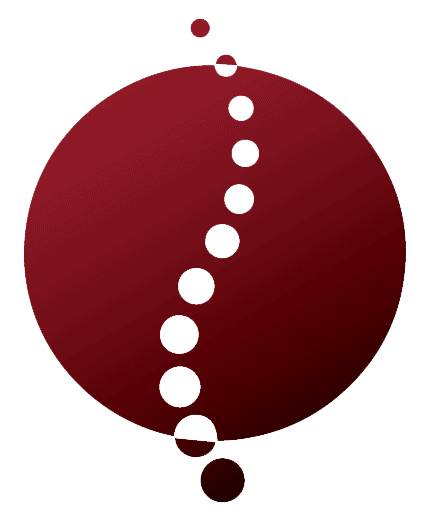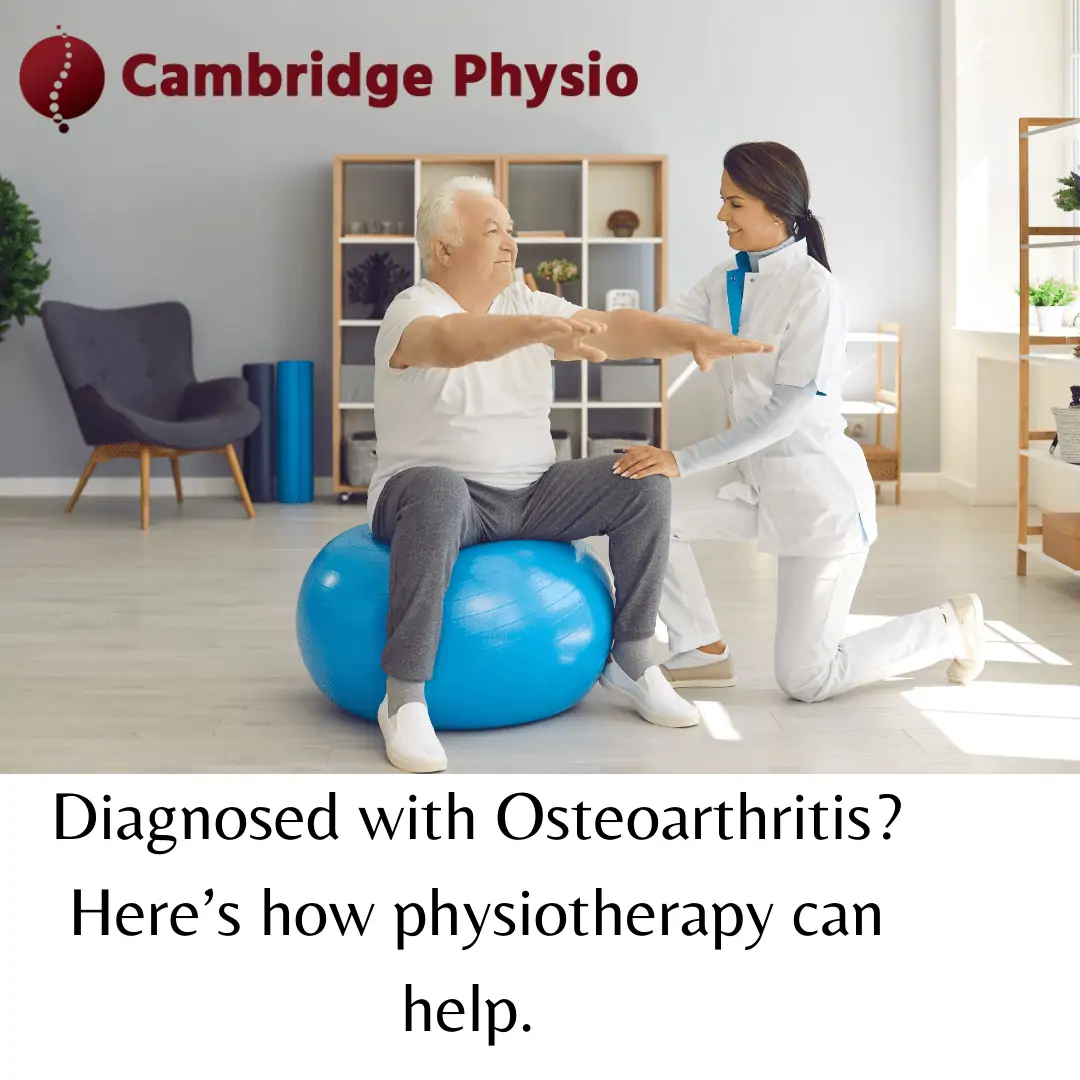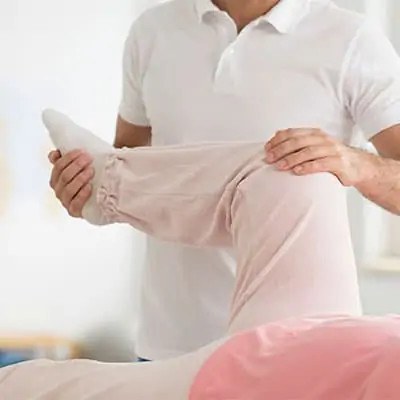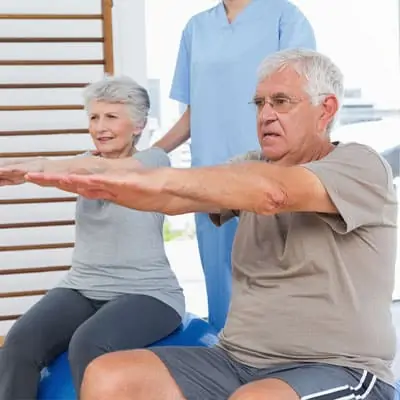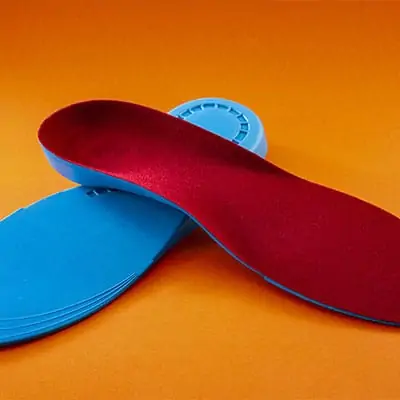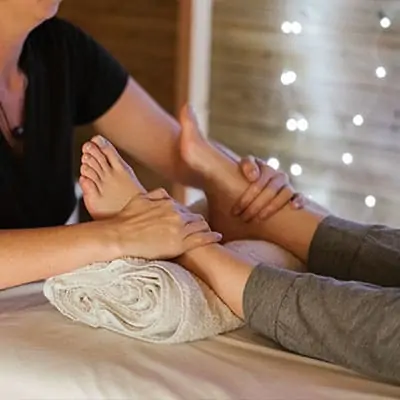“Motion is lotion, rest is rust” is a motivating slogan when it comes to individuals who have been diagnosed with osteoarthritis. If you have osteoarthritis then you know about the hardships faced while moving and doing your regular activities. What you might not know is that seeking physiotherapy can help you find relief from your arthritic pain. Often, those with osteoarthritis tend to say “how can physical activity help if I am in pain? Why or how would exercising help?” That’s why we’re here! Although there is no cure for osteoarthritis, our team can show you how to slow down the progression and help maintain a healthy functional lifestyle through various exercises and techniques.
What is osteoarthritis?
It is a degenerative condition that happens when the cartilage in the joints wear and tear as we age. A healthy joint contains lubricated fluid and as we get older, we produce less of this fluid leading to dry cartilage. Cartilage acts as a spongy shield within the joints to help prevent friction and decomposition of bones. Over time, this spongy shield deteriorates causing bone friction that leads to pain, stiffness, and decrease of motion. Osteoarthritis is more common in the knees, hips, shoulders, spine, and hands.
What exercises are recommended for my osteoarthritis?
Low impact exercises are ideal as they are joint friendly and should not cause increased pain. Here are some examples:
Low impact aerobic exercise: Brisk walking, swimming, cycling and beginners group exercises classes. These are not only beneficial for the muscles surrounding the joints but also great for overall health! Ideally exercises should be completed 3-5x/week for about 30-60mins at a time, if you are just starting out it is recommended to start light for about 10-15min until the body adapts. Use your discretion when it’s time to increase length and intensity.
Muscle strengthening: The stronger the muscles the better it will be for the joints to move freely and pain free. There are weight bearing exercises and non-weight bearing exercises that both can be beneficial for one living with osteoarthritis.
Weight bearing exercises can include using your own bodyweight such as: wall squats, sit to stand, climbing stairs, wall pushups. You can also use equipment such as dumbbells and resistance bands while doing these exercises as it will help strengthen the muscles surrounding those joints.
Non weight bearing exercises usually tend to have a less load on the joints. Examples to name a few: sitting knee extension with an ankle weight, hamstring flexion on your stomach with an ankle weight, bicep curl, etc. Both methods can not only help strengthen your muscles, but it can help support and protect your joints.
Balance: Balance is a key element to indulge in! Over time, an individual suffering from this health condition will lose balance and flexibility due to its side effects. Some simple balance exercises include: standing on two feet without holding anything (make sure you have support around you just in case i.e.: kitchen counter), tandem stance (heel to toe stance), and standing on one leg. Try your best to hold these exercises as long as you can without losing balance.
What to expect from your physiotherapist for arthritis pain?
After the physiotherapist has made their assessment, they will create a care and treatment plan depending on the severity of the condition. Our team has noticed a significant increase in the rate of recovery of our patients. These individuals never miss a session and follow their care and treatment plan at home too.
It is crucial to let your physiotherapist know of any pain and motion limitations you are experiencing. Examples of these can be as simple as day to day movement and chores. This way they can provide the proper advice and care for your specific goals and needs.
Although there are several pain relievers, anti-inflammatory drugs, and prescription drugs, is temporary relief enough? It is important to note that physiotherapy plays a high role in recovery and pain management, a physiotherapist can provide long term benefits and create an overall comfortable lifestyle for you. That’s what you will require: long term benefits to get you back in a near normal lifestyle.
Ready to find relief?
Consult with your Doctor / Physiotherapist and let’s work together to build an appropriate exercise plan to get you back out there, pain free! Book an appointment or ask us any questions by calling 519-219-5428, or email us at admin@cambridgephysio.ca
Tags: osteoarthritis, OA, OA pain, physiotherapy for OA, OA exercises, OA physio
